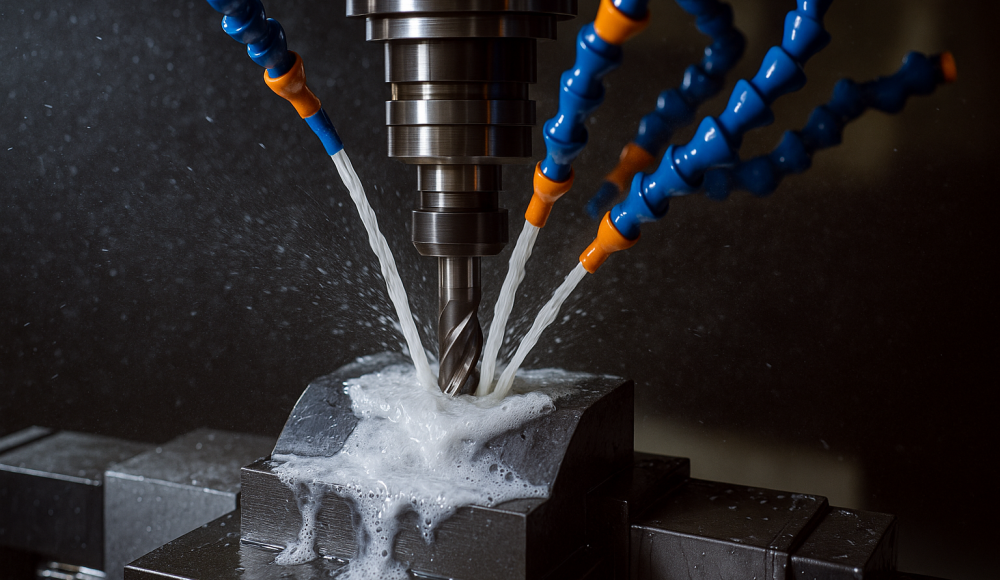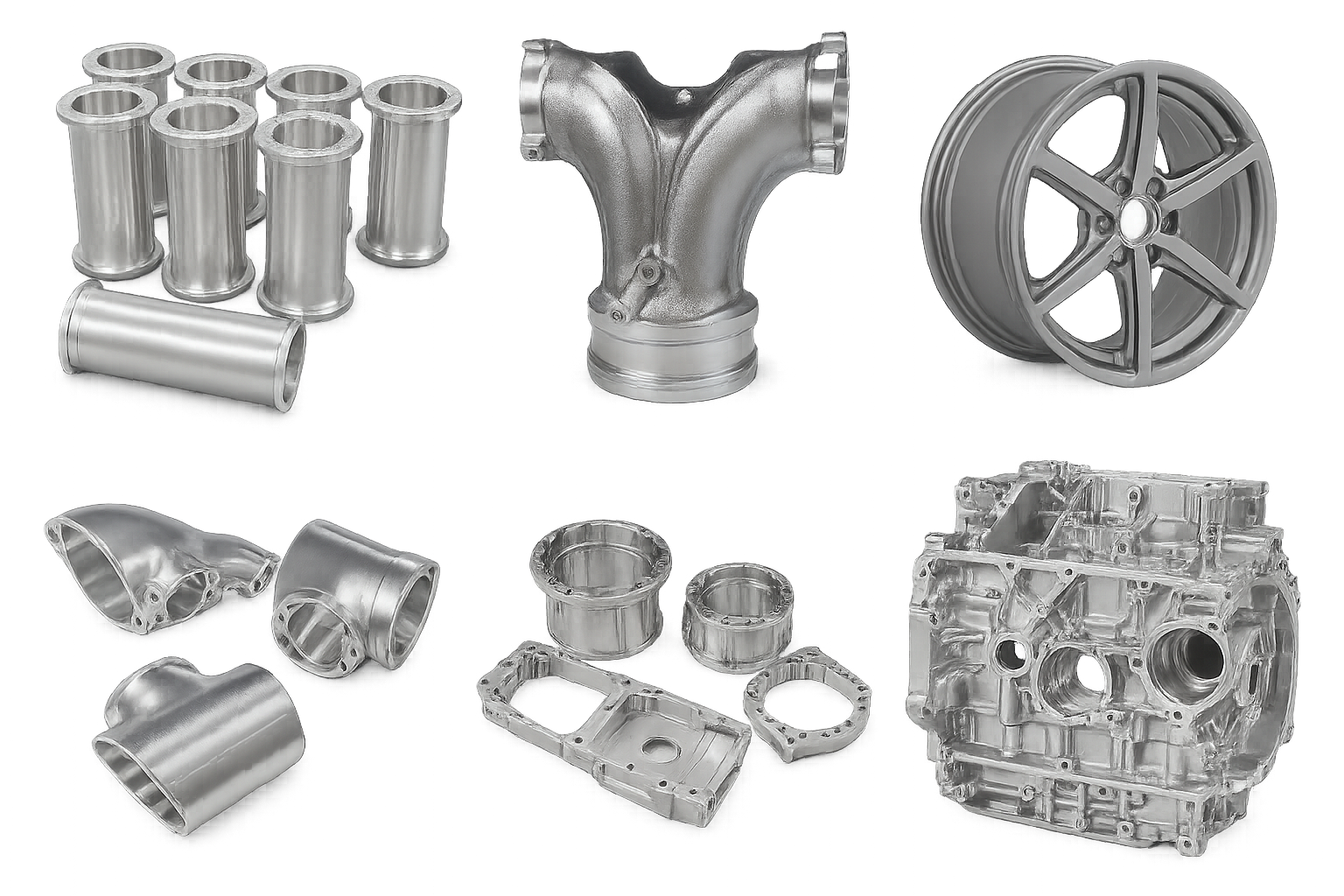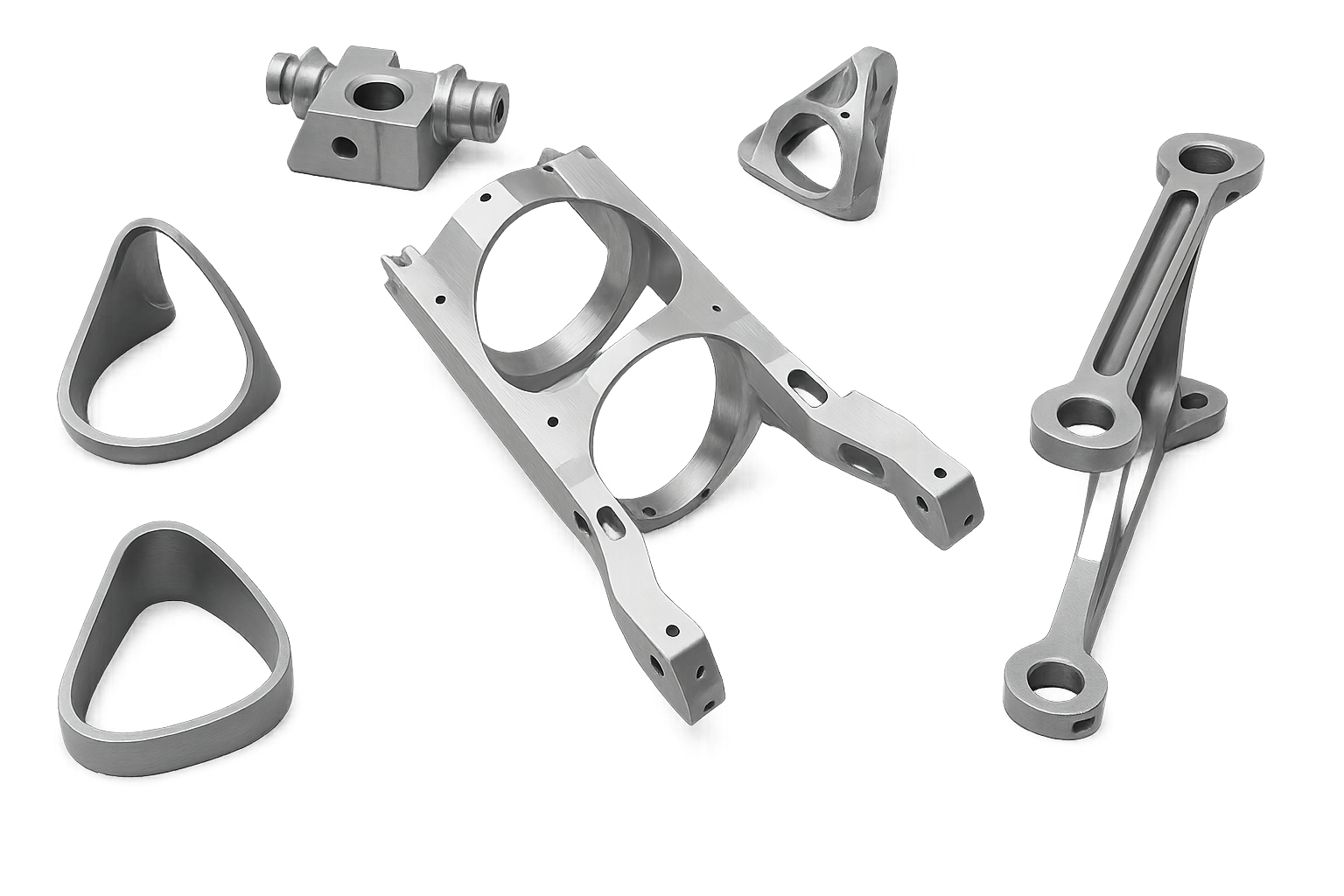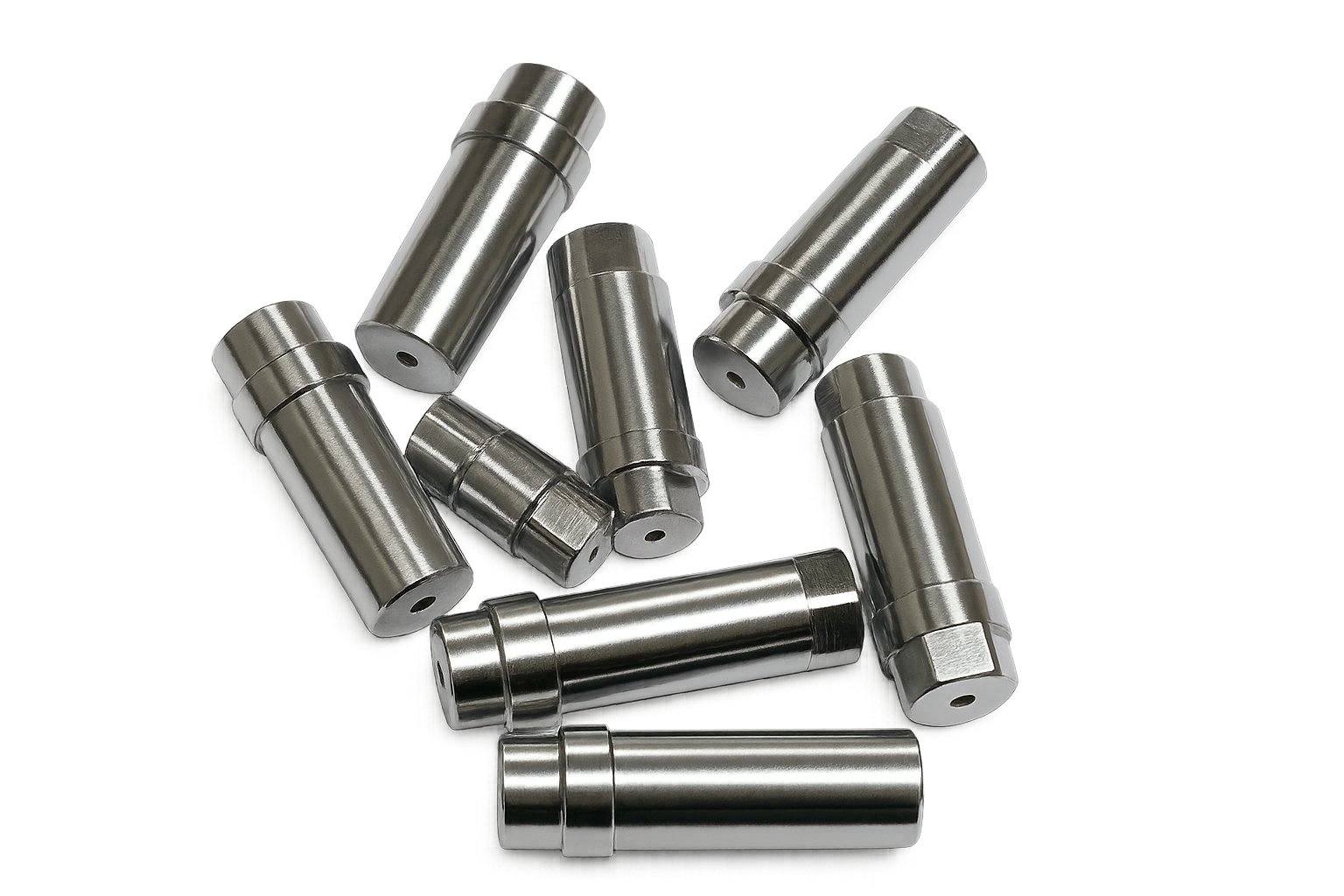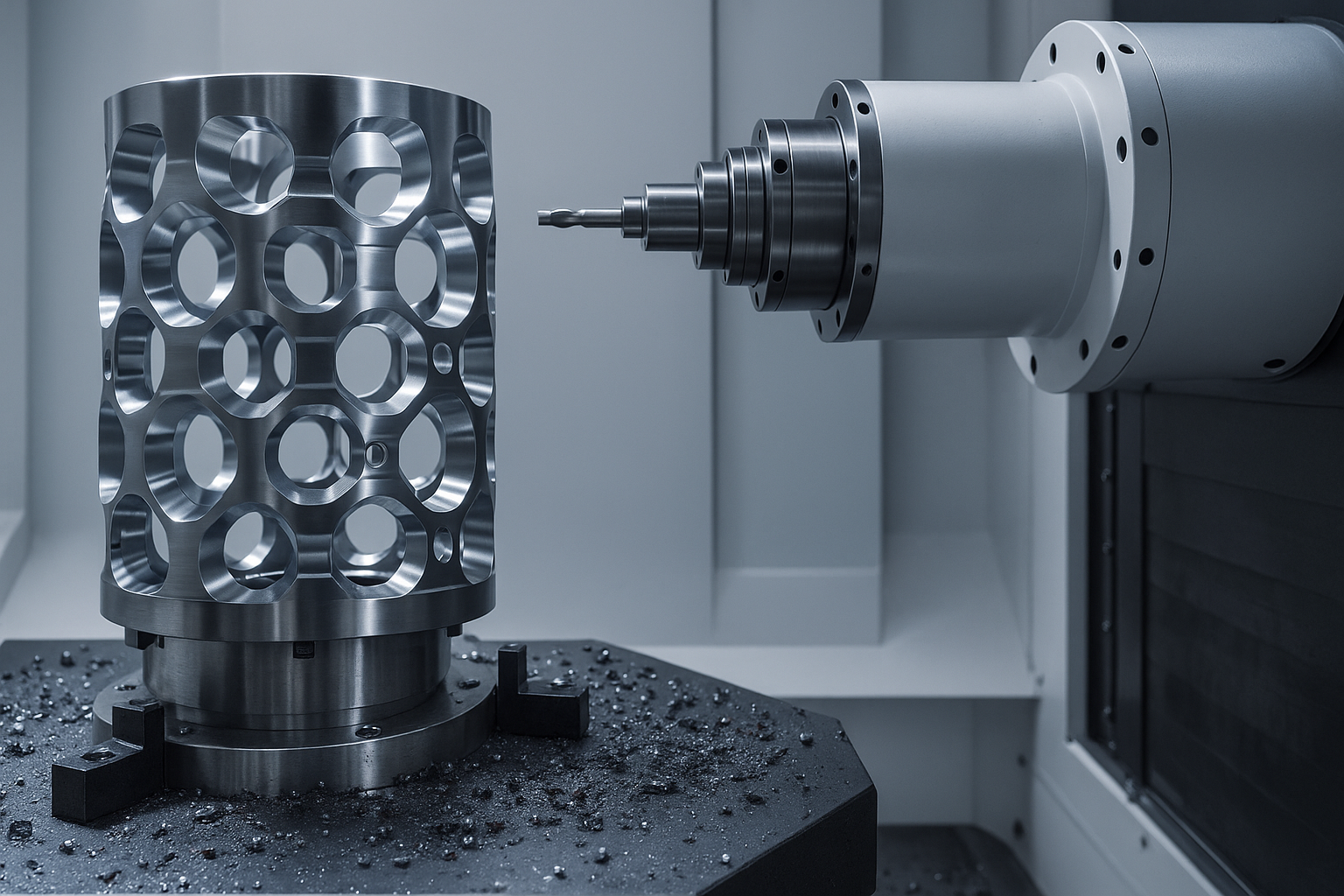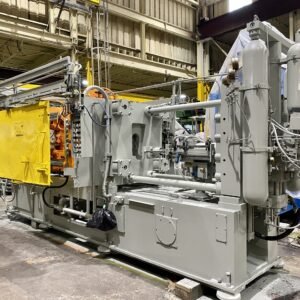يشتهر المغنيسيوم بخصائصه الخفيفة الوزن, قابلية الآلات الاستثنائية, ونسبة عالية من القوة إلى الوزن. هذا يجعلها مثالية للعديد من الصناعات بما في ذلك الطيران, السيارات, إلكترونيات, والتطبيقات الطبية. لكن, يشكل التصنيع المغنيسيوم مخاطر فريدة, لا سيما قابلية الاشتعال. يعد اعتماد تدابير السلامة المناسبة أمرًا ضروريًا لتسخير مزايا المغنيسيوم بأمان وكفاءة.
مخاطر آلات المغنيسيوم
يساعد فهم المخاطر المحتملة عند تصنيع سبائك المغنيسيوم على ضمان السلامة في مكان العمل ونتائج الآلات المثلى. تشمل المخاطر الرئيسية:
خطر النار
يولد آلات المغنيسيوم رقائقًا دقيقة وغبارًا, التي تشير إلى حد كبير. هذه يمكن أن تشتعل من الشرر أو الحرارة المفرطة المنتجة خلال عمليات CNC, مما يؤدي إلى مخاطر حريق خطيرة.
ارتداء أداة
سبائك المغنيسيوم ناعمة ولكنها جلخ, مما يؤدي إلى ارتداء الأدوات السريعة. تؤثر زيادة تآكل الأدوات على كفاءة الآلات وزيادة تكاليف الأدوات بشكل كبير بسبب بدائل متكررة.
توليد حراري
يؤدي الموصلية الحرارية الضعيفة للمغنيسيوم إلى تراكم الحرارة المركّز داخل منطقة القطع, تقليل عمر الأداة وربما تشوه الشغل.
مشكلات الانتهاء من السطح
غالب. تحقيق دقيق, وبالتالي فإن التشطيبات عالية الجودة تتطلب أدوات متخصصة والتحكم الدقيق للعملية.
نصائح مهمة لتصنيع المغنيسيوم بأمان
لمجلة المغنيسيوم بأمان وتخفيف المخاطر المذكورة أعلاه, لاحظ تدابير السلامة الحرجة التالية:
الحفاظ على حالة الأدوات المناسبة
استخدم دائمًا حادًا, أدوات قطع كربيد. الأدوات الحادة تقلل من توليد الحرارة الاحتكاكية, وبالتالي تقليل مخاطر الاشتعال.
تجنب زوايا الخلوص الضيقة
استخدم زوايا التخليص الأكبر. تخلق الخلطات الضيقة طويلة, رقائق غير منقطعة يمكنها التفاف حول أدوات القطع, رفع مخاطر الحرائق بشكل كبير عن طريق توليد الحرارة المفرطة.
إنتاج رقائق متقطعة
برنامج CNC آلات لإنتاج قصيرة, رقائق متقطعة. هذا يمكن تحقيقه بواسطة:
باستخدام زوايا أشعل النار الصغيرة.
ضبط معدلات التغذية بشكل مناسب.
تطبيق سرعات القطع المتوسطة إلى المرتفعة.
رقائق متقطعة تبدد الحرارة بكفاءة وتقليل مخاطر الاشتعال.
تجنب المبردات القائمة على الماء
لا تستخدم المبردات القائمة على الماء. يتفاعل المغنيسيوم مع السوائل القائمة على الماء لإنتاج غاز الهيدروجين القابل للاشتعال. بدلاً من, تبرد مبردات الزيت المعدني بشكل فعال الحرارة, تقليل مخاطر الاشتعال, وتعزيز جودة الانتهاء من السطح.
الاستفادة من أنظمة فراغ مقاومة للانفجار
توظيف أنظمة فراغ مقاومة للانفجار لإزالة غبار المغنيسيوم والرقائق بأمان, تقليل خطر الاشتعال أثناء عمليات التنظيف.
السلامة من الحرائق
في حالة النار, لا تستخدم الماء أبدًا لإطفاء حرائق المغنيسيوم. الماء يكثف حرائق المغنيسيوم, تسبب ردود الفعل المتفجرة. بدلاً من, استخدم طفايات حريق Class-D أو الرمال الجافة.
مزايا اختيار المغنيسيوم لآلات CNC
على الرغم من المخاطر الكامنة, توفر سبائك المغنيسيوم فوائد رائعة لآلات CNC, مشتمل:
قدرة ميكانيكية ممتازة
سبائك المغنيسيوم لديها مقاومة قطع منخفضة, تمكين سرعات قطع أسرع وتقليل إجهاد الأدوات, مما أدى إلى انخفاض تكاليف الآلات الإجمالية.
القدرة على إنتاج الأشكال الهندسية المعقدة
يمكن للآلات CNC تشكيل سبائك المغنيسيوم بسهولة إلى مجمع, الهندسة المعقدة بدقة عالية الأبعاد. يعزز الآلات متعددة المحاور القدرة على زيادة القدرة على إنتاج مكونات معقدة بدقة.
قابلية إعادة التدوير والاستدامة
سبائك المغنيسيوم صديقة للبيئة بسبب قابلية إعادة تدويرها العالية. تقوم عمليات تصنيع CNC أيضًا بتوليد النفايات القابلة لإعادة التدوير, تعزيز ممارسات التصنيع المستدامة.
سبائك المغنيسيوم الشهيرة التي يمكنك استخدامها لآلات CNC
AZ31
لماذا تختاره? إنه خفيف الوزن, سهلة الآلة, وبأسعار معقولة, جعلها مثالية للأجزاء التي تحتاج إلى قوة دون وزن إضافي. لديها مرونة جيدة, مما يجعل من السهل شكله.
الاستخدامات النموذجية: أغلفة إلكترونية, أغطية الكمبيوتر المحمول, أجزاء الطائرات, ومكونات السيارات.
AZ91
لماذا تختاره? AZ91 أكثر صرامة وأقوى قليلاً من AZ31, مما يجعلها مناسبة للأجزاء التي يجب أن تقاوم الضغط العالي. إنه أصعب قليلاً, لذا فإن أجزائك تحمل شكلها وأبعادها جيدًا بعد الآلات.
الاستخدامات النموذجية: أجسام الكاميرا, أدوات الطاقة, علب السيارات, وأجزاء المعدات الميكانيكية.
هاتان السبائك هما الأكثر شعبية, لكن تذكر, تعتمد أفضل سبيكة لمشروعك على احتياجاتك المحددة - سواء كانت هذه القوة, المرونة, القدرة على الماكينات, أو التكلفة.
اختيار الأدوات لآلات سبيكة المغنيسيوم
يعد اختيار أدوات القطع المناسبة أمرًا ضروريًا لكفاءة, آمن, وآلات المغنيسيوم عالية الجودة. الأدوات الشعبية تشمل:
حديدعالى السرعه (الأحرار) أدوات
قواطع HSS اقتصادية, متين, ومناسبة لعمليات تصنيع المغنيسيوم الأقل تطلبًا أو منخفضة الحجم بسبب مقاومتها الحرارية المنخفضة.
أدوات كربيد صلبة
أدوات كربيد صلبة (المطاحن النهائية, التدريبات, reamers) توفير صلابة ممتازة, ارتداء المقاومة, والتسامح الحرارة, مثالي لآلات المغنيسيوم عالية الأداء.
أدوات كربيد المطلية
أدوات كربيد مغلفة مع tialn أو القصدير تقلل بشكل كبير من الاحتكاك, تعزيز الاستقرار الحراري, وتقليل ملابس الأدوات عند تصنيع سبائك المغنيسيوم.
Polycrystalline Diamond (PCD) أدوات
توفر أدوات PCD متانة فائقة وإنهاء سطحي استثنائي, جعلها مثالية لآلات المغنيسيوم عالية الدقة, خاصة للسبائك الكاشطة.
طرق تصنيع CNC للمغنيسيوم
تناسب طرق تصنيع CNC المختلفة تطبيقات آلات سبائك المغنيسيوم المختلفة:
الحفر باستخدام الحاسب الآلي
مثالي لإنشاء ثقوب دقيقة وأنماط ثقب مفصلة في مكونات المغنيسيوم بدقة استثنائية.
الطحن باستخدام الحاسب الآلي
متعدد الاستخدامات للغاية لتشكيل المغنيسيوم في هندسة بسيطة أو معقدة. هذه العملية تنتج التفاصيل بكفاءة, دقيق, وأجزاء المغنيسيوم عالية الجودة.
تحول باستخدام الحاسب الآلي
مناسبة لإنشاء مكونات أسطواني (مهاوي, دبابيس, أجزاء الخيوط). إن قابلية الماكينة في المغنيسيوم تجعل التحول بسرعة, دقيق, وفعالة من حيث التكلفة.
القطع بالليزر
فعالة لألواح المغنيسيوم الرقيقة الدقيقة أو اللوحات. يوفر قطع الليزر نظيفة, دقيق, ونتائج فعالة.
التنصت
يضمن التنصت الآلي CNC ترابطًا داخليًا دقيقًا, توفير دقة موثوقة واتساق في مكونات سبائك المغنيسيوم.
الاستخدامات العملية لأجزاء المغنيسيوم المصنوعة من CNC
الإلكترونيات والأدوات
لماذا المغنيسيوم? وزن خفيف, متين, ورائع في تبديد الحرارة.
المنتجات المشتركة: إطارات الكمبيوتر المحمول, أغلفة الهواتف الذكية, أجسام الكاميرا, والأقراص.
قطع غيار السيارات
لماذا المغنيسيوم? يقلل من وزن السيارة, تحسين كفاءة استهلاك الوقود والتعامل معه.
المنتجات المشتركة: عجلات التوجيه, علب علبة التروس, أغطية المحرك, وإطارات المقعد.
مكونات الفضاء الجوي
لماذا المغنيسيوم? نسبة عالية من القوة إلى الوزن مثالية لتطبيقات الطيران.
المنتجات المشتركة: أغلفة محرك الطائرات, لوحات قمرة القيادة, أجزاء معدات الهبوط, والدعم الهيكلي.
أجهزة طبية
لماذا المغنيسيوم? وزن خفيف, دقيق, وسهل تعقيمها.
المنتجات المشتركة: مقابض الأداة الجراحية, علب الأجهزة الطبية المحمولة, ومعدات التصوير.
ادوات رياضية
لماذا المغنيسيوم? يوفر القوة دون إضافة وزن غير ضروري.
المنتجات المشتركة: إطارات الدراجات, إطارات مضرب التنس, نوادي الغولف, ومعدات الحماية.
خدمات تصنيع المغنيسيوم في قمم
يضمن اختيار موفر تصنيع CNC من ذوي الخبرة مثل TOPS النجاح في الآلات الناجحة لمكونات المغنيسيوم. تفتخر قمم أكثر من عقد من الخبرة في تصنيع CNC الدقيق لسبائك المغنيسيوم, الألومنيوم, التيتانيوم, ومختلف المواد البلاستيكية. بقدرات شاملة وبروتوكولات سلامة صارمة, تضمن TOPS تنفيذ مشاريع تصنيع المغنيسيوم بأمان, بكفاءة, وفعالية من حيث التكلفة.
خاتمة
المغنيسيوم يوفر قابلية استثنائية, نسبة عالية من القوة إلى الوزن, وإعادة تدوير ممتازة. لكن, يتطلب المغنيسيوم CNC Magnesium دراسة متأنية والالتزام الصارم بإرشادات السلامة بسبب المخاطر الكامنة, بما في ذلك القابلية للاشتعال وارتداء الأدوات السريعة. من خلال تنفيذ الأدوات المناسبة, إجراءات السلامة, وطرق الآلات, يمكن للمصنعين الاستفادة بشكل فعال من فوائد المغنيسيوم العديدة لجودة عالية, دقيق, وعمليات الآلات الآمنة.
الأسئلة الشائعة
س1: أي سبيكة المغنيسيوم هي الأفضل لآلات CNC?
AZ91 و AZ31 هي سبائك المغنيسيوم الأكثر شيوعًا, مع AZ91 تقديم صلابة أعلى (صلابة كنوب 76.2 بالمقارنة مع AZ31 51.1 هونج كونج).
Q2: ما هي العيوب المرتبطة بسبائك المغنيسيوم?
يمكن أن يكون من الصعب مصدر سبائك المغنيسيوم, تظهر مقاومة تآكل سيئة نسبيا, ويمكن أن تحد كثافتها المنخفضة بعض التطبيقات الهيكلية.
س3: ما هي الاستخدامات الشائعة لسبائك المغنيسيوم?
يتم استخدام سبائك المغنيسيوم على نطاق واسع للمكونات الخفيفة في الأجهزة الإلكترونية (على سبيل المثال, الهواتف, أجهزة الكمبيوتر المحمولة), قطع غيار السيارات والفضاء, أجهزة طبية, وأغلفة الكاميرا
س 4: هل يمكن لحام سبائك المغنيسيوم?
نعم, سبائك المغنيسيوم قابلة لحام من خلال اللحام القوس, لحام المقاومة, وتقنيات لحام الغازات الأوكسيوفيل, بالنظر إلى تدابير المناولة والسلامة المناسبة.
الروابط الداخلية

